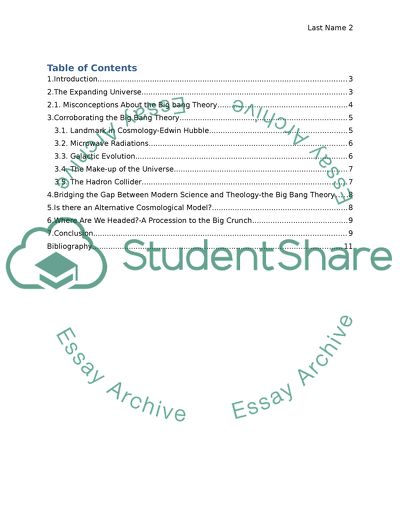Cite this document
(“What is the evidence for the Big Bang Essay Example | Topics and Well Written Essays - 1750 words”, n.d.)
Retrieved from https://studentshare.org/english/1443117-what-is-the-evidence-for-the-big-bang
Retrieved from https://studentshare.org/english/1443117-what-is-the-evidence-for-the-big-bang
(What Is the Evidence for the Big Bang Essay Example | Topics and Well Written Essays - 1750 Words)
https://studentshare.org/english/1443117-what-is-the-evidence-for-the-big-bang.
https://studentshare.org/english/1443117-what-is-the-evidence-for-the-big-bang.
“What Is the Evidence for the Big Bang Essay Example | Topics and Well Written Essays - 1750 Words”, n.d. https://studentshare.org/english/1443117-what-is-the-evidence-for-the-big-bang.


